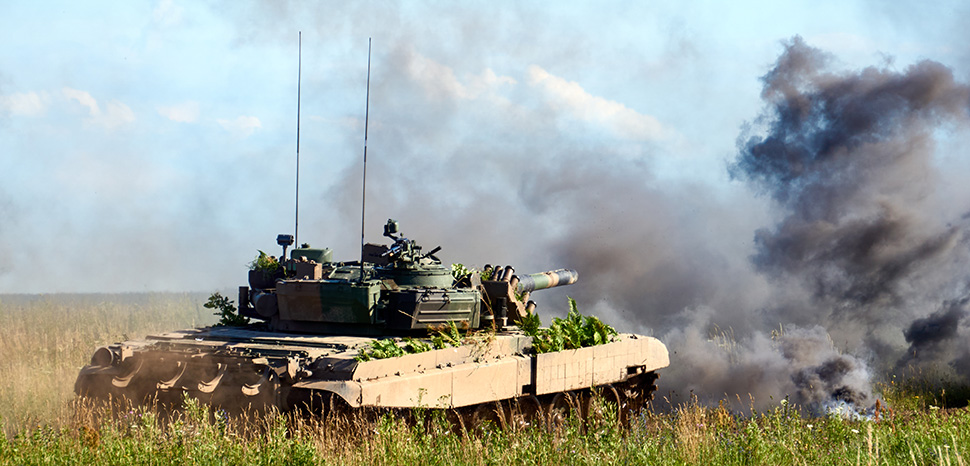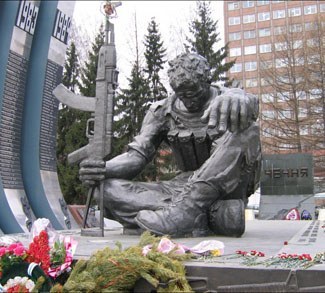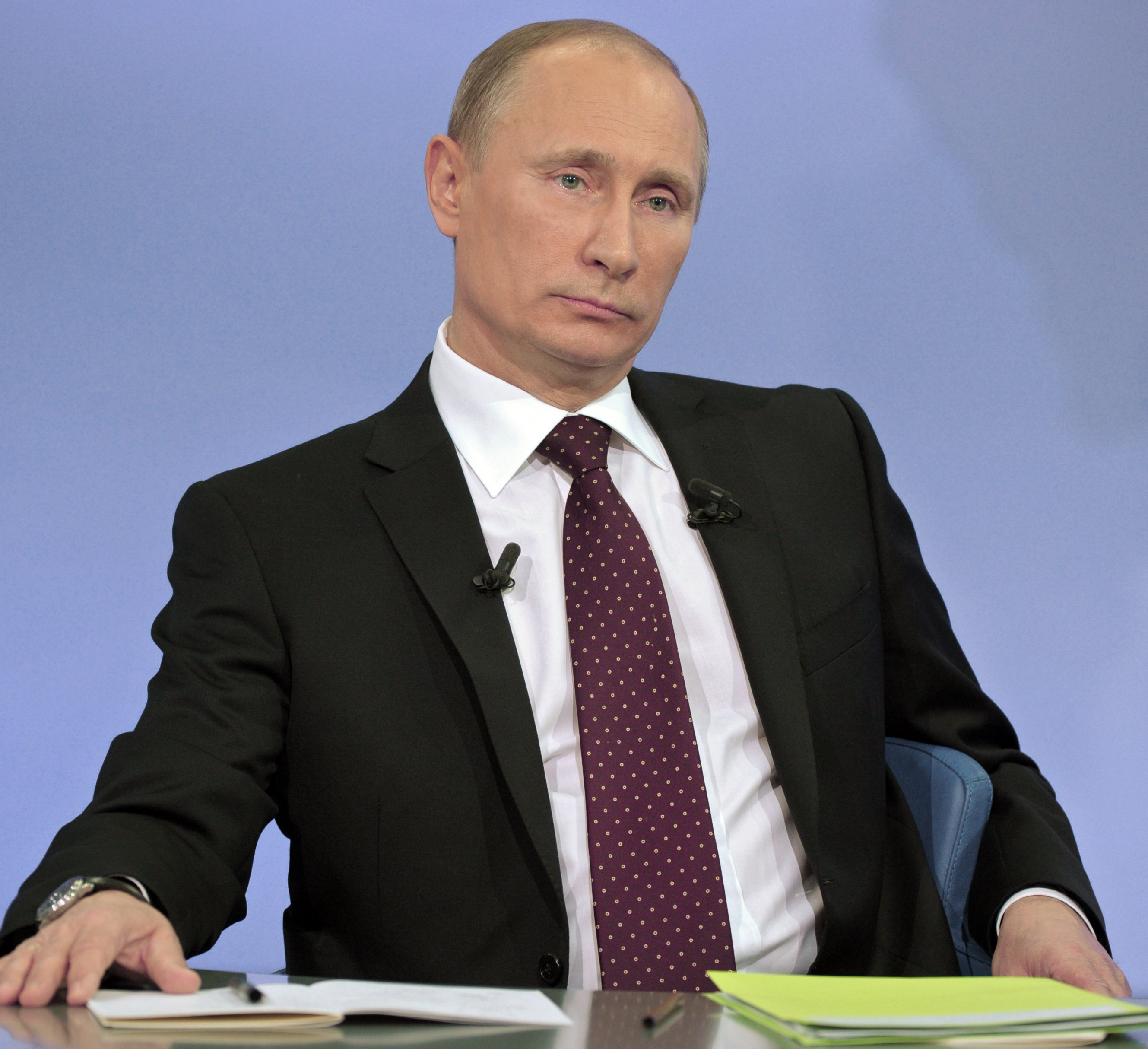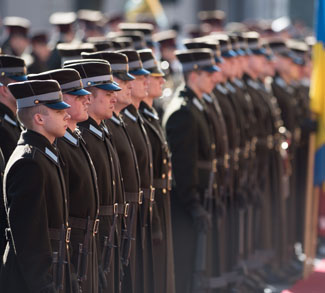The Russian Invasion of Ukraine has caused a wind of change in Europe. A continent in which many states gradually lowered their military spending after the Cold War, governments are now looking to remilitarize, realizing that the Russian threat of expansion will remain for the foreseeable future. One of those European nations is Poland, which is now on-pace to become Europe’s largest and most sophisticated non-nuclear military power.
The sense of urgency from Poland comes from broken treaties and the renewed Russian ultranationalism coming out from Vladimir Putin’s United Russia party. Poland’s remilitarization is not solely based on preparing for whatever threats come from the Kremlin, but also reflects a desire to no longer rely on word powers which, in the past, promised to protect Warsaw but never did.
In the wake of the Russian invasion of Ukraine, Poland has embarked on the largest procurement of conventional American weapon shipments in history. In March, Warsaw signed off on $4.75 billion worth of Patriot missiles, bolstering the nation’s anti-missile defense system.
As the war progressed in Ukraine, involving a massive barrage of MLRS and submarine-launched cruise missiles, Poland also requested an additional six Patriot systems in late May. This was not the first major purchase by the country, which prepared for the worst in February and laid the groundwork for its largest ever tank purchase, ordering 250 M1 Abrams tanks from the U.S.
As the geopolitical landscape evolved, with Russia seeking to extract concessions through territorial annexation, a manufactured famine, and the weaponization of European energy supply, Poland continued to strengthen its defensive capabilities. This includes a major weapons purchase from military tech giant South Korea, including 180 K2 tanks to be delivered by 2024 and another 400 by 2030. Additionally, Poland purchased 48 FA50 light attack aircraft, 1,400 IFVs, and 670 plus K9 self-propelled howitzers. Defense Minister Blaszczak also stated Poland will increase its active-duty forces to 400,000 with an increase in defense allocations to 3% of the nation’s GDP.
Arguably the top defense investment Poland made was the procurement of 500 HIMARS from the U.S. The MLRS system has become a game-changer for Ukraine, with just sixteen systems hitting key targets such as fuel depots, ammunition storage sites, and command and control centers. The HIMARS have also found a way to bypass Russia’s notorious S400 anti-missile system, which could give NATO members an edge in the event of a future conflict.
This renewed will on the part of the Polish defense industry to prepare itself for the worst not only stems from Europe’s evolving geopolitics, but also Poland’s past of being betrayed by superpowers that “promised” to protect the nation.
Russia’s attempts to leverage its favorable position in energy and food supply chains to extract concessions from the EU has put Poland in a precarious position, as Ukraine is not only increasingly a close ally of Warsaw, but also a major buffer against Russian expansion into Eastern Europe. It should also be noted Russia has ramped up militaristic rhetoric with regard to Poland; for example, by disrespecting the victims of the Katyn Massacre and suggesting that the country should be next in line to be “denazified.”
Whereas Western Europe has historically interpreted threats to Eastern and Central Europe as relatively minor and able to be solved with diplomacy, the Poles and many people in the Baltics still bear the scars of Chamberlain-type appeasement policies.
Poland was given assurances by both the West and Russia on the country’s territorial sovereignty only to see Russian troops betray them and later forcibly incorporate Poland as a Soviet satellite. This process included the execution and murder of the near entirety of the Polish officer corps and the deportation of 1.5 million Poles to Central Asia. The Western Allies also betrayed the Free Polish legions, not even recognizing them in the Allied Parade of 1945, thus further cementing Stalin’s hold over half of Europe.
Today, Eastern Europe will not be caught off-guard, as Polish defense capabilities also serve as a shield for the Baltics. Warsaw has solidified relations with Vilnius and supported the Lithuanian transit ban to Kaliningrad amid growing border tensions with Belarus. These important shows of support contrast starkly with some other EU powers, which have opted instead for appeasement. Along with holding defensive capabilities to solidify a defensive line reaching all the way to the Baltics, Poland has also ratified the permanent presence of the U.S. 5th Army Corps and sought growing ties with the British military.
As many nations now look to remilitarize in the face of looming threats – Japan, Germany, Spain, and the Baltics to name a few – Poland has come to the forefront of these efforts, situating itself as the frontline of European defense. With the tragedies of history still embedded in the collective memory, it appears as though Poland will not be caught off-guard again.
The views expressed in this article belong to the authors alone and do not necessarily reflect those of Geopoliticalmonitor.com




